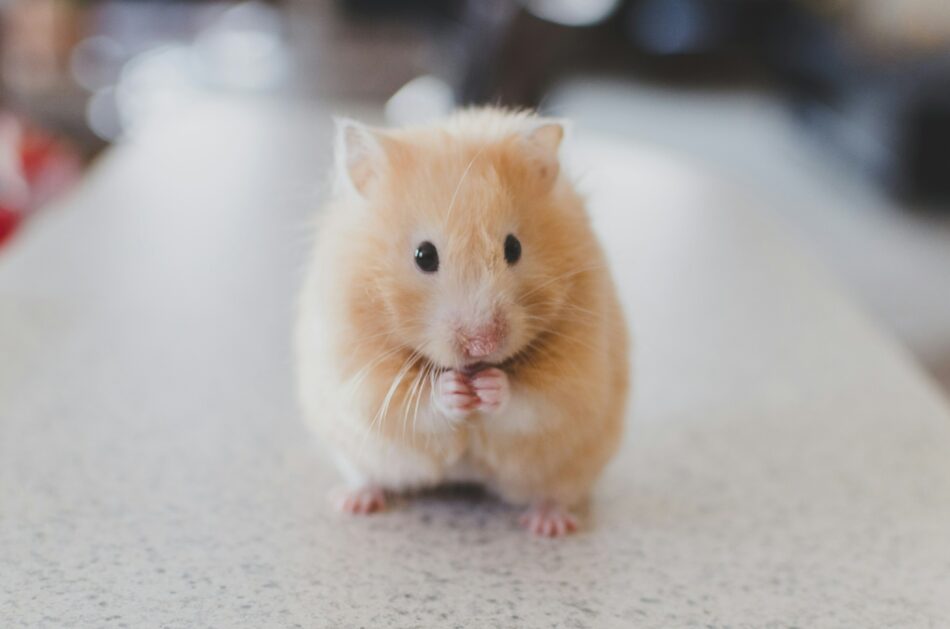Understanding Hamster Personalities
Hamsters are not just adorable pets; they are complex creatures with individual personalities. Understanding these **hamster personalities** can significantly enhance your relationship with your pet. Each hamster exhibits its own unique behavior traits, which can be influenced by factors such as species, environment, and socialization. This article will explore common hamster personalities, how to identify them, and tips for nurturing their unique traits.
Types of Hamster Personalities
Just like humans, hamsters have distinct personality types which can be generally categorized. Knowing the differences can aid hamster owners in providing better care and more tailored interactions with their pets. Major personality traits can include being shy, bold, playful, or territorial. Let’s explore these traits further, using specific examples to illustrate how they manifest in different hamsters.
Shy Hamsters
Shy hamsters tend to be more cautious in their surroundings. They may get startled easily and prefer to hide or stay in their nests until they feel safe to emerge. Introducing a new habitat or accessories can be overwhelming for them. If you notice your hamster pulling away when you approach, it’s essential to let them acclimate to their environment. To build trust, spend time by their cage and talk softly without forcing contact. Over time, they may begin to explore and interact more comfortably.

Bold Hamsters
Bold hamsters are the adventurers of the hamster world. They are curious and eager to explore their environment. If you have a bold hamster, you might find them climbing over toys, munching on snacks, and actively engaging with you during playtime. However, this adventurous nature means they might also be prone to getting into trouble if left unsupervised. Space to roam and investigate safely will allow your bold hamster to thrive and express their personality to the fullest.

Playful Hamsters
Playful hamsters are often the life of the party. They enjoy interactive toys and engaging in games with their owners. This type demonstrates playfulness through playful nibbles, burrowing, and running on a wheel. To enhance playtime, provide a variety of toys such as tunnels, chew toys, or even platforms for climbing. Engaging them with these objects can help build a strong bond between you and your hamster while also keeping them physically and mentally active.
Understanding Behavior Indicators
Understanding your hamster’s behavior is key to deciphering their personality. Various cues can help identify what they enjoy or dislike, guiding you to provide a suitable environment. Pay attention to body language; for example, a hamster that stands on its hind legs is usually curious and alert. In contrast, tucked skin or hiding signifies fear or anxiety.
Body Language and Signs of Mood
Body language is a vital aspect of understanding hamster personalities. Facial expressions, ear positions, and tail movements can all convey different emotions. A hamster with raised ears and an alert posture is typically attentive, while one that is bunched up and hiding is anxious. By observing these signals, you can tailor your interactions and environments. Providing more hideaways or calming elements can help anxious hamsters feel safer, allowing them to express their personalities freely.
Vocalizations and Sounds
Hamsters produce various sounds that can indicate their mood. Squeaks and chirps often reflect joy and excitement, while hissing or chirping could indicate displeasure or agitation. Recognizing these sounds and their meanings can vastly improve your communication and relationships with your furry friend. By responding appropriately, either with more engagement or giving them space, you will create a comforting and understanding atmosphere.
Caring for Your Hamster’s Personality
Once you identify your hamster’s personality, you can create an environment that caters to their specific traits. This helps promote their overall happiness and well-being. Different personality types require different kinds of attention, interaction, and environment modifications. Below are some practical tips you can incorporate based on their individual needs.
Creating the Ideal Habitat
Your hamster’s living space should align with their personality. For example, shy hamsters benefit greatly from a cozy enclosure that includes ample hiding spaces. Contrarily, adventurous hamsters thrive in an environment that encourages exploration with tunnels and climbing platforms. Adequate bedding depth is also crucial; hamsters enjoy burrowing, regardless of their personality. Understanding these habitat preferences directly contributes to the overall happiness and well-being of your pet.
Engagement Activities for Different Personalities
Interactive play is essential based on your hamster’s personality. A bold or playful hamster may enjoy playdates arranged in enclosed spaces—providing a safe area where they can run, climb, and engage in free play. Shyer hamsters may benefit from gentle and gradual interaction, such as handling them in a calm environment for short durations. Tailoring your engagement based on their comfort levels can help foster deeper connections between you and your hamster.
Key Takeaways
- Hamsters exhibit various personalities; understanding them enhances your bond.
- Body language, vocalizations, and interactions are crucial for recognizing their moods.
- Tailor your hamster’s habitat and engagement activities to their unique traits.
- Patience is key when nurturing shy or cautious hamsters.
FAQ
1. What are some signs of a happy hamster?
A happy hamster typically exhibits playful behaviors, such as running on its wheel, exploring its environment, and maintaining a healthy appetite. Additionally, a relaxed posture, featuring a fluffy and upright body or staying active during playtime, suggests comfort and contentment.
2. How can I tell if my hamster is stressed?
Signs of a stressed hamster can include aggressive biting, excessive hiding, or changes in eating habits. If your hamster frequently feels cornered or alert, consider adjusting their habitat to include more hides and less frequent handling until they feel safer.
3. Can hamsters bond with their owners?
Yes! Hamsters can indeed bond with their owners over time. Engaging them with hands-on play, gentle handling, and providing treats can nurture this connection. Always be patient, especially with shy personalities, which might require more time to trust.
4. What types of toys are best for hamsters?
Providing a variety of toys is essential. Wheel toys, tunnels, chew toys, and puzzle toys are great for keeping your pet active and mentally stimulated. Always observe your hamster’s interactions with toys to assess which they prefer.
5. Do hamsters get along with others of their kind?
Some hamster types are social and thrive in pairs or groups, such as dwarf hamsters, while others are very territorial. It’s crucial to research the particular breed of hamsters you own, as they have unique social needs that should be met to avoid aggression and stress.
By understanding **hamster personalities** intimately, you can help ensure your furry friends are happy and well cared for, resulting in a fulfilling companionship for years to come.
